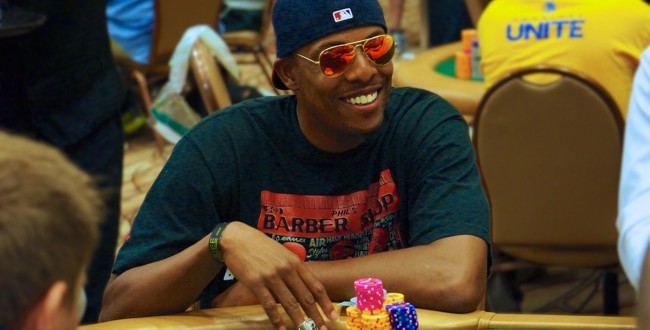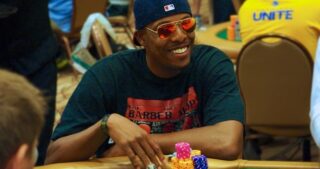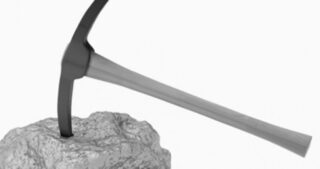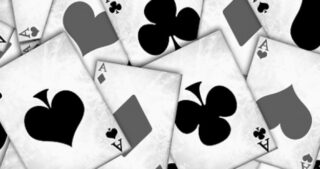This is a term that has really developed since the advent of the poker boom and is very helpful in determining what type of hand that you are against.
Here's a quick beginner's discussion about what a polarized range is.
Polarized Range Defined

When a player has a 'polarized range,' that means that the range of his or her hands is at one end of the spectrum or another. This means either a very strong hand or a very weak hand.
A true rock will have a polarized range, but unfortunately his range will be polarized to the strong end of the spectrum. A player that truly mixes up her play and plays medium range hands does not have a polarized range. She has a non-polarized range.
A maniac type player may be one that you would expect to have an unpolarized range. While he could have aces or 7-2 offsuit, he also likes to play middle pairs, suited connectors, middling connectors, etc.
How This Information is Important
When you're playing a polarized range, realize that your decisions will sometimes be tough.
If you're in a pre-flop situation with a hand such as A-J and you 3-bet, players that know your polarized range will knock you off of your hand with a shove.
At the same time, when you 3-bet with aces and your opponent decides to shove with A-K, you're going to be in great shape.
You can also use a polarized range to your advantage. Let’s say that your board filled out a straight draw at the turn and a flush draw at the river.
Sometimes you can represent a polarized range with a shove on the river. If he's been betting a straight and you've now shoved after a flush draw has potentially hit, then you either have the nuts or nothing at all.
If you are a player with a somewhat polarized range, you may be able to force a fold in this spot.
Saved It for Skilled Players
Don’t get too cute with polarized ranges, especially against players that aren’t sophisticated enough to understand them or that are pure calling stations.
Bluffing to represent a polarized range will just wind up costing you money.
Polarized ranges are just another way for you to put a player on a hand to make a better decision. In the right spots, you can use this concept to pull off skillful bluffs.
Remember, beginning and lower level intermediate players are not going to be knowledgeable on this concept, so save this for games against more skillful Texas Holdem players.












